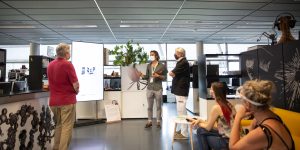Otto Naderer
-
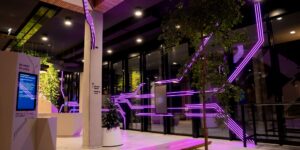
AT&S Erlebniswelt
Connect via Interactive Nervous System
Based in Austria, AT&S is a leading supplier of high-end printed circuit boards and substrates for the semiconductor industry. The company invited the Ars Electronica Futurelab to contribute to the design of the new headquarters – including the installation of an interactive “Nervous System”.
-
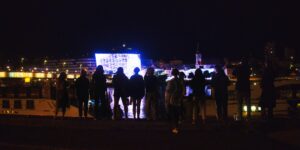
Northeastern University 2023
Ars Electronica Futurelab Academy
In 2023, the Ars Electronica Futurelab hosted an interdisciplinary group from Northeastern University in Boston for the third time. With the help of lab members, the students created art projects for the programmable media façade of the Ars Electronica Center in three intensive days.
-

Data Art & Science Project
Art Creates Meaning from Data
How can art create meaning from data? The Ars Electronica Futurelab, in collaboration with Toyota Coniq in Japan, is envisioning “Data Art & Science,” a new interdisciplinary field that incorporates artistic perspectives on future transformations based on data science.
-

Glockner.Luft.Raum
Climate and Weather Data Experience
Glockner.Luft.Raum is an approximately 15-minute data-based generative sequence that makes the complex connections between global climate change and regional weather kitchen in the Austrian Glockner region visible, audible, and tangible.
-

Northeastern University 2022
Ars Electronica Futurelab Academy
In July 2022, students from Northeastern University (Boston, USA) joined the Futurelab for the second time for a three-day interactive art workshop. It focused on creating experiences for the Ars Electronica media facade – the glowing, colorful centerpiece of the city and second skin of the Ars Electronica Center.
-
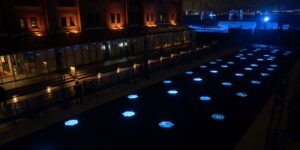
Stream of Hope
Large-Scale Fluxel Performance in Japan
Ars Electronica Futurelab’s Fluxels, a scalable swarm of ground robots equipped with hexagonal LED displays, brought about a new language of visual expression. Stream of Hope in Osaka and Yokohama showcased their versatility at large-scale events.
-

CoBot Studio
As humans and robots work together ever more closely, their joint success is linked to certain preconditions: How do you create safe working environments? How can we increase the acceptance of robots in everyday work? And how do you communicate with a colleague who consists only of a gripper arm?
-
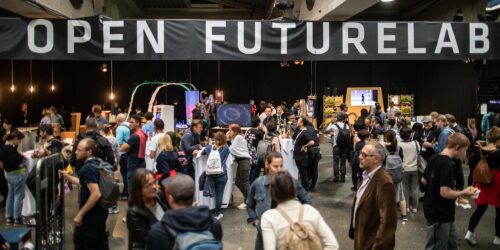
Open Futurelab 2019
The festival site at POSTCITY in Linz was used as a stage for Open Futurelab until 2019. Created with the Japanese public broadcasting company NHK, Media Platz was a prototype of an open media plaza consisting of cardboard and high-resolution screens, which was used as a forum for public debate. Various panel discussions took place…
-
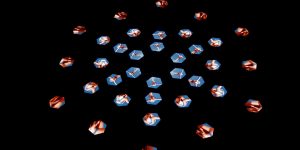
Swarm Arena @Miraikan
In the beginning, there was a shared research interest: How can swarm-based technology be embedded in everyday media use and what new possibilities of communication or artistic expression does it offer as a visual medium? The Japanese telecommunications company NTT and the Ars Electronica Futurelab have been investigating these questions since 2017 and have repeatedly…


